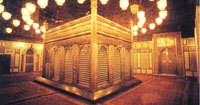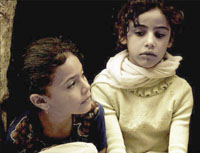
Spanish photographer Manuel Vilches Benitez to Yemen Times: “I wish for Yemenis that all their dreams come true, that they can live in peace and the rest of the world doesn’t judge them without knowing them.” [Archives:2007/1012/Culture]
January 1 2007
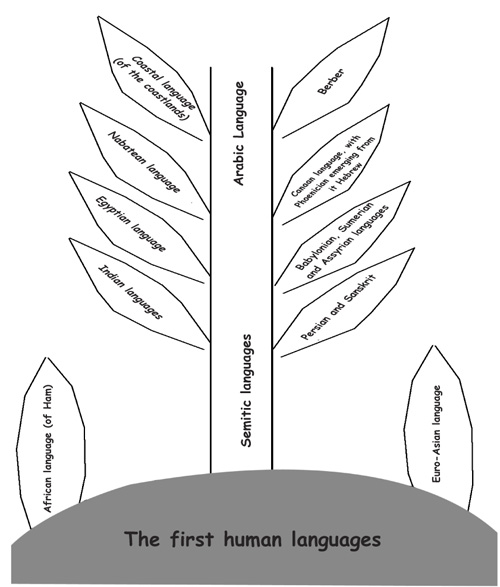 |
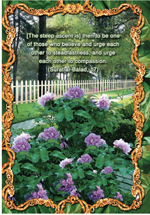 |
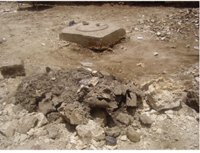 |
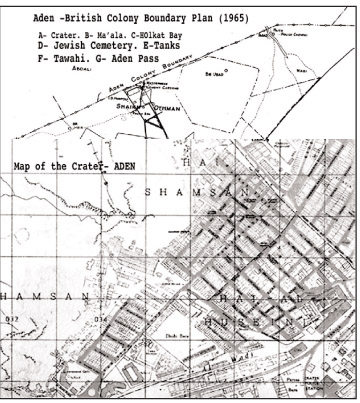 |
“This exhibition comes from my heart, I have had great happiness with the people, they have treated me exquisitely, and the form to return their gratitude is to present them as they are, generous and proud people not only of their past but of their present. They deserve it.” Said Benitez when interviewed by Nadia Al-Sakkaf editor in chief of the Yemen Times.
Let us first know about you and about your art.
I am a self -taught photographer who always follows my instinct. I have spent over 20 years of travelling dedicated to photography around the world. I have been to countries such as: Portugal, Cuba, Syria, Jordan, Egypt, Yemen, Niger, Italy, France etc I have prepared a piece about Africa which will be published on a web site in the internet and is called “El Angel caido” (One fallen angel).
I am specialised in taking portraits because I feel I have special gift of getting close to people of all places and cultures; I can get on with everybody very well and this made me able to detect the humanity in everyone.
I have just returned from Niger and am preparing an exhibition on Niger and the ethnic group Peul Bororo called “El agua de la vida” (“aman iman”) (“The water of life”. I have done several exhibitions about different trips to different countries. I have done an exhibition on Syria and its proximity to the conflict in Iraq titled “Te presto mis ojos”. (“I lend you my eyes”). I held an exhibition on Jordan, its caravanserais and Petra.
Why among all the countries in the world, why did you choose to visit Yemen?
I have heard about Yemen and its mysterious and this intrigued me. I was carried away by the constant longing that my dreams brought me Yemen, the land of the divine Queen of Saba and the intelligent Queen Arwa, a place of the time where the legendary caravans looked for the prized treasure of incense, Yemen a place that entered history with the nickname of “The happy Arabia”. A place that takes up a place in my heart and that I had a need to visit.
What are the cities you visited while in Yemen and what are your impressions about each city?
I went on a 20 day tour around Yemen and visited: Sana'a, Shibam, Shibam Hadramut, Tarim, Taiz, Aden, Mukalla, Jibla, Ibb, Manakha, Wady Dahr. I have been to endless markets and small villages where the people live in complete harmony with nature.
My impression of Sana'a was that it is a city from your dreams. I was amazed by the preservation of the old city, its streets, mosques and its big market, a place to lose oneself to and be overcome by it in all senses.
I loved having a cup of tea up above Bab Al-Yemen's door, seeing how the Yemenites lived their lives around their shops and how life flows with joy through their streets as if it were a river.
One of the things that caught my attention the most was how well cared for the city is inside the city walls, the old houses and their characteristic architecture of dark brick and their windows with the wonderful decorations in plasterwork and coloured glass how when night falls they light up making it seem as though you were in a fairytale.
As for Marib, I would have liked everything regarding its archaeology, both the Queen's Palace and the Moon's temple, to have more support from the countries expert in this matter, because it's a wonderful place to visit and breathe the true air of history.
I was fascinated but at the same time saddened to set foot in the ancient city of Marib; its old houses were in ruins as if it were a colossus. It fascinated me and at the same time, an immense sadness ran through my heart, a sadness that I now feel again in evoking so many memories kept inside of me, one of them being Fatima's face which I took a photo of as a memory of this place.
Thula is a wonderful city. It was there that I really felt I was living through the Middle Ages. A city situated in the very depth of history and kept in a wonderful way.
Its doors and walls remain untouched as if time had stopped. Thula mimicry with its ochre surroundings it's facades and its mountains. Thula is a place from where one can dream. Until today I can hear the echo of my footsteps on its streets.
Shibam Hadramut is known throughout the world for being the place that Pier Paolo Pasoline chose for his film “A thousand and one nights” and for the nickname “The Manhattan of the desert”. Going through its arched door and down its side streets is a pleasure to the eyes, especially when you discover the astonishing height of a building all built in adobe. Feeling that you're in this place is like the culmination of a dream, it's like the city has been built by magic. It seems impossible that with only mud, straw and the hands of the men, a city such as this was conceived.
Its streets are full of life, the children running free engrossed in their games and suddenly they stopped to follow travellers while their shouts and laughter echoed so beautifully and filled up the whole world. The children's laughter, all want a picture taken and I don't need to be asked twice.
I said goodbye to Shibam remembering some poems by Pasolini: “There, behind, opened as far as the field, a road that I don't know if I walked in my childhood or if I dreamed it”.
And then the sun took out its red handkerchief and I still remember the out line of the palm trees, which like butterflies blown by the wind gave me the last goodbye.
The first memory that I have of Jibla is Rima's face. She received us just as we went up one of her bridges and welcomed us to her city.
She accompanied us for the whole tour, telling us the story of her city. The sweet murmur of her voice with her wonderful city rivals each other in beauty.
Its streets of stone, its small mosques with their decorates minarets. Surrounded by cultivated earth in terraces and leafy greens.
In one of its streets with lot children around us we stopped in a small shop which sold tea, there we stopped to invite everybody to a cup of tea.
The men came up to us and they greeted us sincerely and the children put music to my memory with their laughter.
We arrived at Arwa's Palace and there a girl, she had an awareness of her past and she felt pride of it. We said goodbye to Jibla and Rima, the woman of sweet voice and singsong with a look us as sweet as honey.
In Manakha I found the spirit's resting place, situated in the Haraz's mountains with its breeze and its rain cooled the soul.
People in Manakha paid attention to us in a kind and cordial way. We walked around their mountain towns and the sight was strikingly beautiful.
The children once again set their selves as the protagonists, in the afternoon I usually went with them to play football and after they fought over who took me their house and there I was received and invited to drink tea.
The nights were full of wonderful Yemeni gastronomy and I got drunk on the sound of their music. A friend asked me once “have you found your place in the world?” and I answered him:” I think that if at some stage I get lost look for me in Manakha”
If going to Yemen was a dream to carry out, to visit Shahara was the crucial stage of the tour. A small village that had importance in the past as a place of defense.
To get there wasn't easy; it was a hard journey by road and an ascent towards the small village with a frightening precipice. But never mind, every thing was worth the effort to be in a place with so big an importance in Yemen's history had its rewards and the sights are wonderful.
It's very impressive arriving at the stone and hanging bridge that today joins the two small villages. It's in Sharara where you really feel the whirl of Yemen's history
How did you arrange for the exhibition and what was your message through it?
I counted on the help of cultural Area of the council of Ubrique in Cadiz to carry out this exhibition. I had at my disposal the exhibition of the council and financial help for the publicity expenses.
I tried to create an exhibition which reflects as objectively as possible a country which is so different from that which most people know. In this exhibition I wanted to show not only the country's geographic monuments, but also its architecture, the oldest places and over all its people. The Yemeni men, women and children are a true treasure. In their faces you can see joy, charm an above all pride.
Will you come again to Yemen? And what do you wish for the Yemen and Yemeni people?
My wife and I would both like to come back to Yemen and for my son to come with us. I think this is a trip that has to be done, not only for historical interests but also for the senses and experience for the soul and spirit. It is to know a country with a wonderful past but especially to live with a kind people, cordial and exquisite in their behaviour. A working population that opens their door to you making you feel at home.
I wish for Yemenis that all their dreams come true, that they can live in peace and the rest of the world doesn't judge them without knowing them.
I wish that they fight so as not to lose their identity and that they value the treasure that they have in their country. I wish that together they find the path into the future because the Yemeni population must be a big family.
What are your ambitions career wise and personally?
My aspiration in the field of art is to keep showing the world images of places and existing realities. To show that there are other worlds and that each one has its idiosyncrasies, and that all have the right to fight for their freedom, for their way of life.
And regarding my family, to continue as we have up until now, respecting our way of being, fighting everyday to remain together and to live and share, but every thing is easy when there is love.
A lesson learnt through your travel?
One of the things I have learnt through travelling is that in my heart there are a lot of people and a lot of worlds and in a part of it is Yemen and its people.
——
[archive-e:1012-v:14-y:2007-d:2007-01-01-p:culture]


